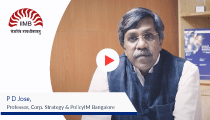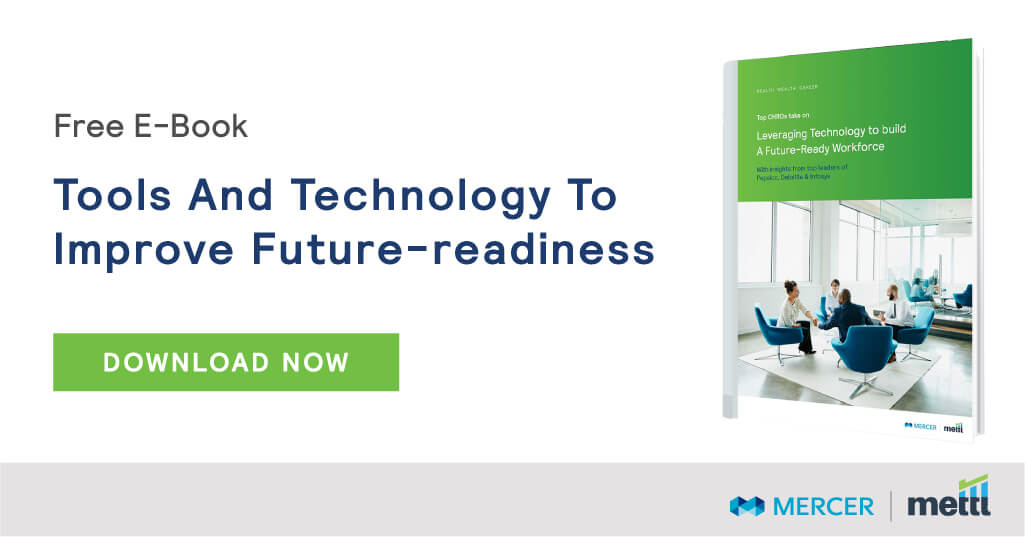If one were to take a look at the story of degree level engineering institutions in the country, in 1950 there were about fifty (50) institutions with a student intake of 3700; in 1990, just before the advent of the liberalization era, there were 337 institutions with students intake of 66,000. With the advent of liberalization the pace of engineering education accelerated to match the demands of rapid industrialization and today we have more than 3400 Engineering Institutions with a student intake of about sixteen lakh thirty five thousand (16,35,00) students. The number of institutions granting Master’s degree stands at more than 2100 today with intake of about 63,400 students. Hardly 4% of the undergraduate students are incentivized to join up for higher degree courses. This sits very poorly in comparison to the developed countries.
The Indian Technical education system is also facing the shortage of faculty. Considering the undergraduate intake of 16, 35,000 plus students and a student’s /teacher ratio of 15:1, the shortage is a staggering 75000 or more.
One characteristic of the Indian technical education is that the private or self-financing institutions account for almost 90% of the students’ intake. This means that government spending/support to technical education sector is severely lacking. Sponsorship from the Industry, PSUs under Public Private Model would have eased the situation.
Another weakness of the technical education system is the lack of research work in Institutions, or the poor quality of research. Breakthrough technologies or innovation is practically non-existent. Innovation/Incubation centers, government sponsorship for research and industry outreach is minimal.
The research profiles of the academia and industry are not aligned hence the sponsorship too is not encouraging. Academic research is scientific, publication oriented, long term, analytical, hampered with infrastructural resources constraints; Most of the industry research expectations are short term, profit oriented, related to real world- this chasm does not permit a fruitful association,
Looking ahead, the reforms in the Indian education system need to look at the following;
- Reforms in the curriculum to make academic education more relevant to the real world. A central mechanism to enforce the reviews is a must
- Today’s engineering tasks are those that require solutions across the disciplines. The academia should gear itself to this requirement
- A mechanism to link education and research should be provided to encourage innovation and promote an environment for research
- Rigorous process of regulation to ensure the minimum quality expectations and to align with global needs
- Introduce more technology into technical education to aid internalization of knowledge
- Encourage a global perspective by visiting professors, active exchange of students, funding for academic seminars etc.
- Providing greater autonomy to Institutions for them to reinvent themselves to meet the Industry expectations
- Allow FDI in education, allow foreign Universities to set up Indian centers especially in post graduates/doctoral programs























Would you like to comment?